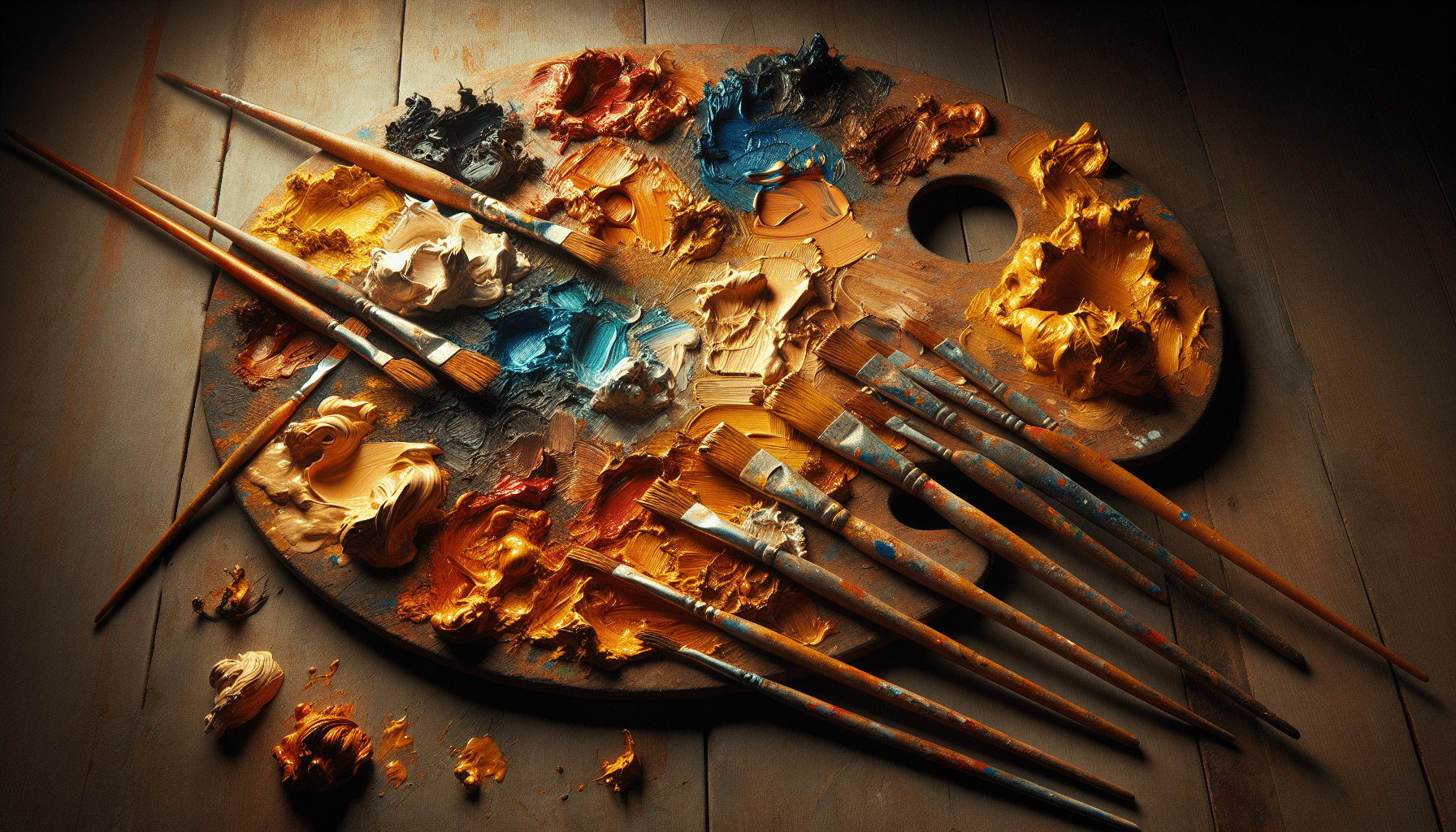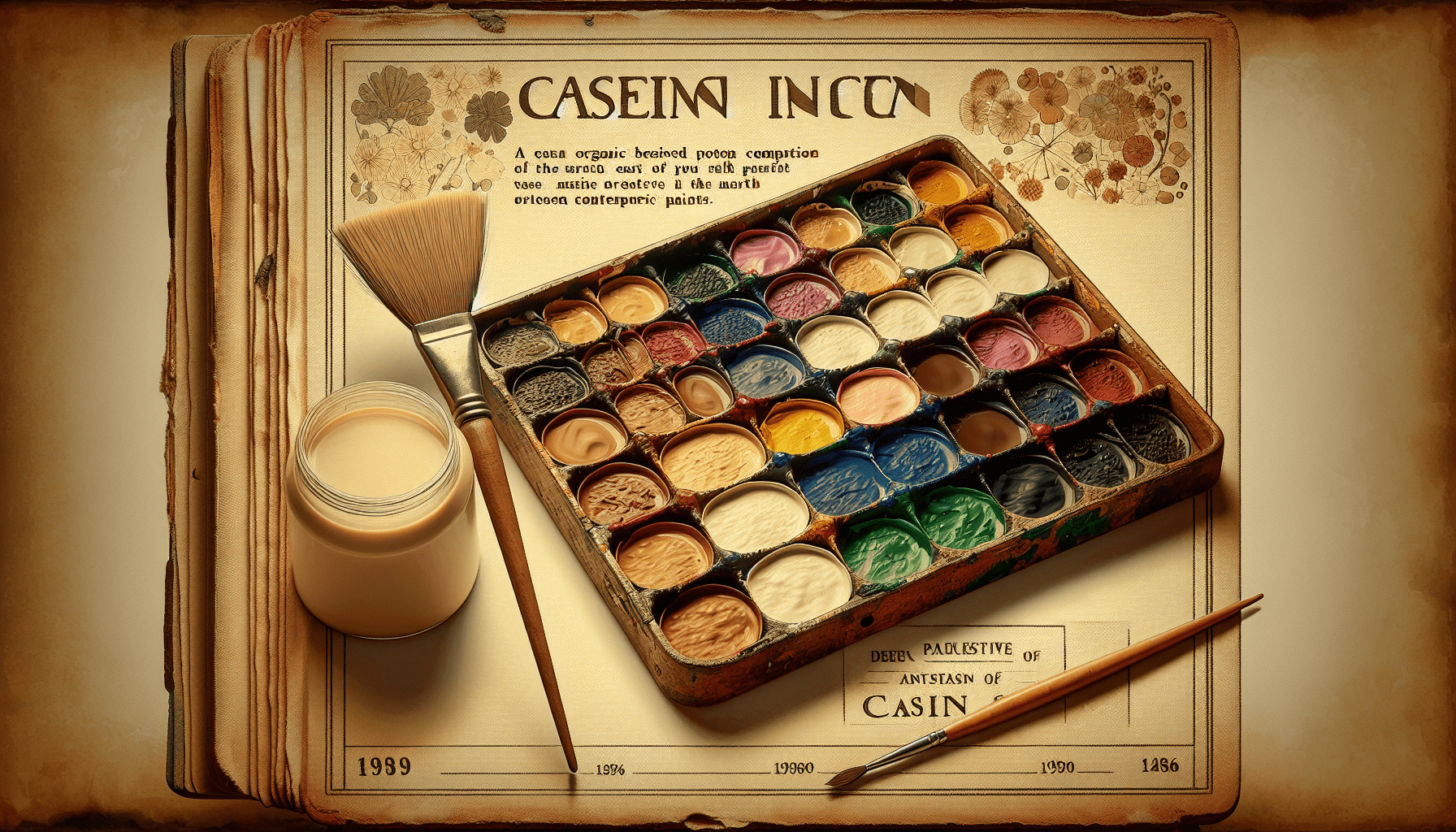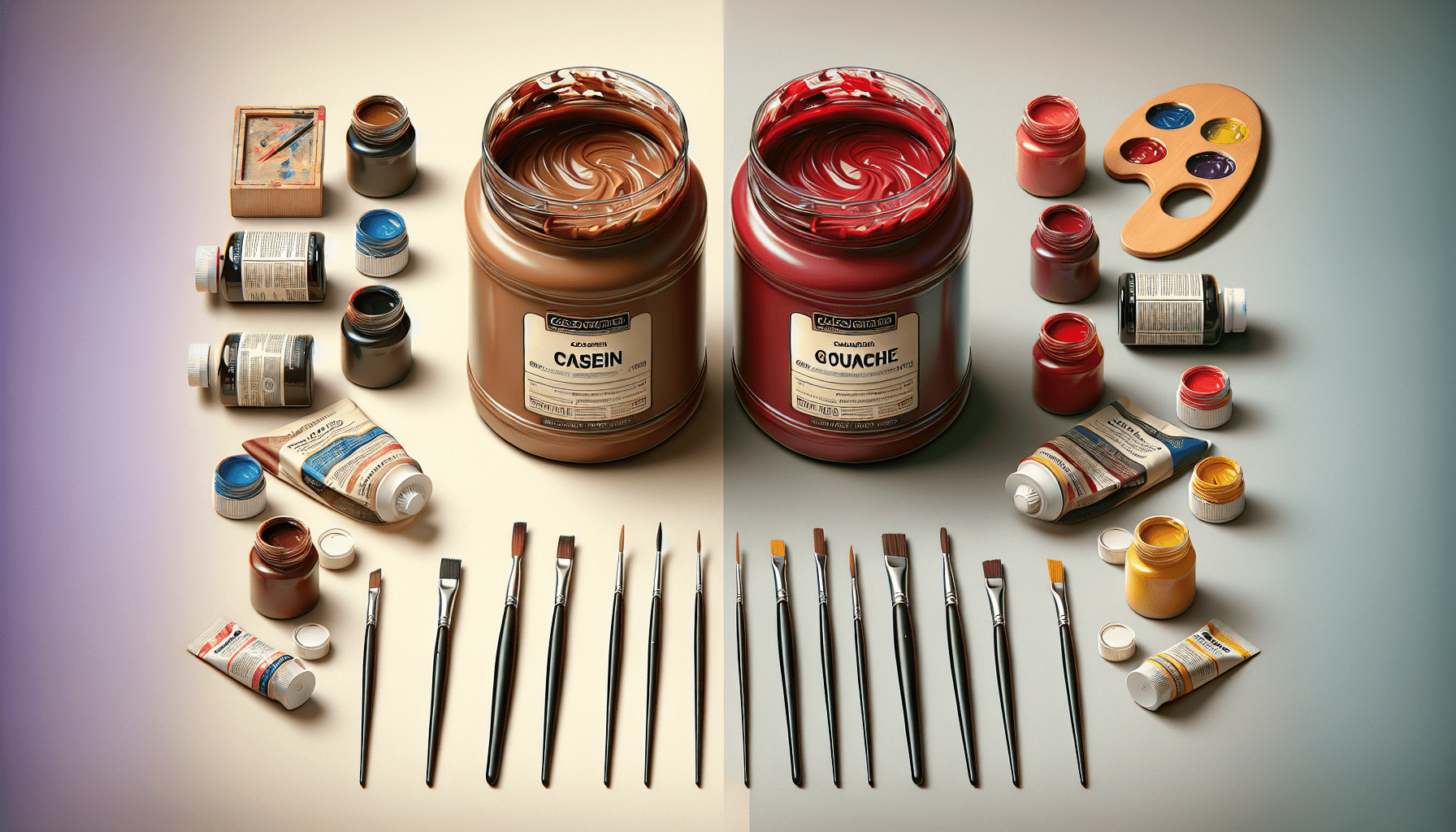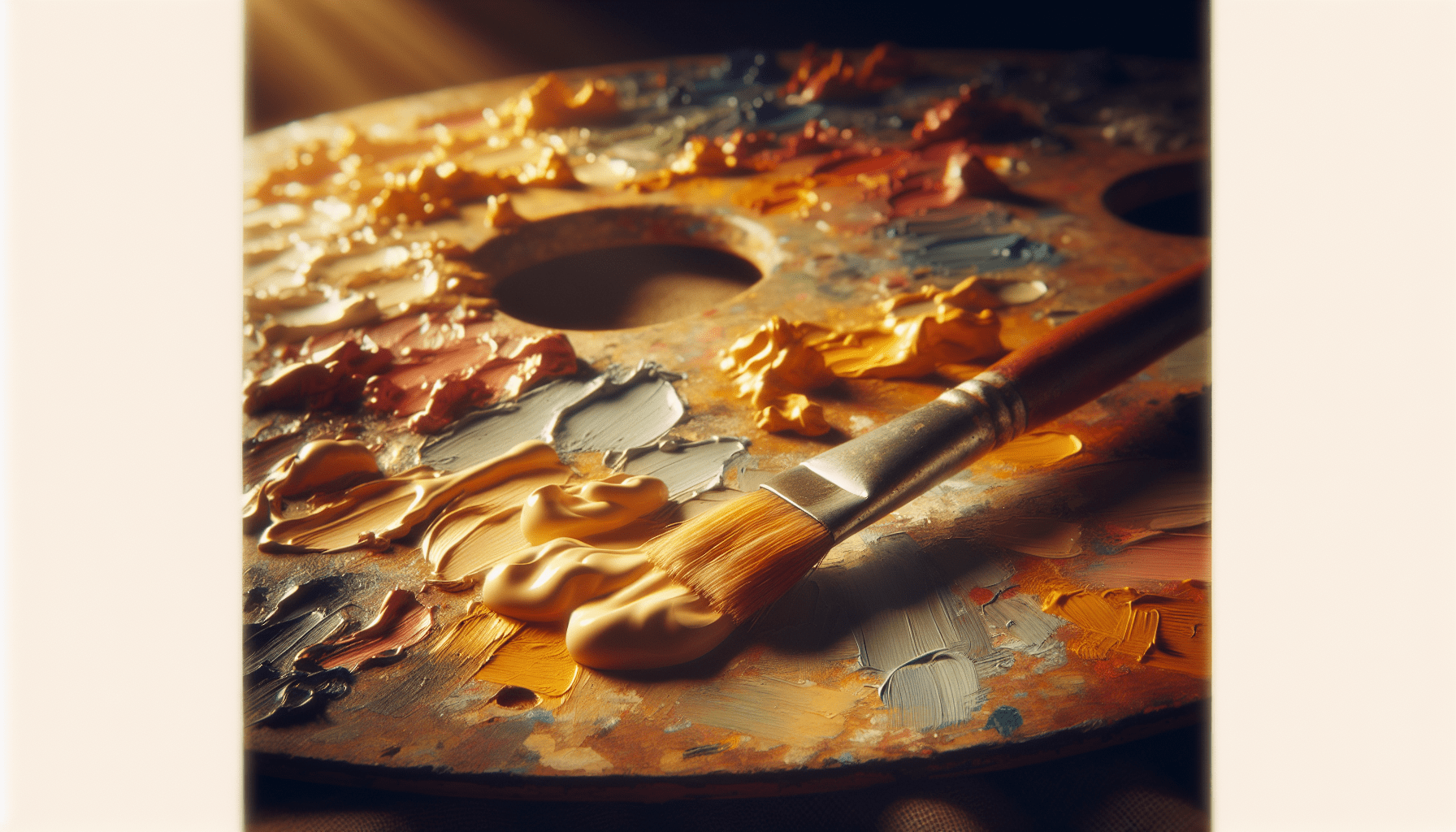Have you ever wondered about the differences in paint mediums, particularly those beyond traditional oil and acrylics? One such medium that has intrigued artists and illustrators for centuries is casein paint. In this article, we’ll explore everything you need to know about this interesting paint medium, from its composition and historical significance to practical applications and benefits.
What Is Casein Paint?
Casein paint is a water-based medium, distinguished by its use of casein—a protein derived from milk—as its binder. This unique composition allows casein paint to offer distinctive properties that have made it a favored choice among artists for various applications across history.
The Composition of Casein Paint
At its core, casein paint is made up of pigment, casein binder, and water. The casein is extracted through a process that involves curdling milk, separating the curds, and then mixing with a weak alkali such as borax to create a soluble compound. This soluble casein acts as the glue that holds the pigment particles together.
Comparisons with Other Paint Types
While casein paint shares similarities with gouache in terms of its matte finish, it is more durable and water-resistant once dry. Unlike oil paints, which require solvents to mix and clean, and acrylics, which can have a plastic-like finish, casein offers a medium that is easy to clean up with water while providing a softer texture and finish.
Historical Context and Usage
Casein paint has historical roots that date back hundreds of years, having been used in ancient Egypt and India. In the 19th and early 20th centuries, it gained popularity among commercial illustrators and muralists. Its quick-drying properties and ability to produce vibrant, matte colors made it ideal for artists working on large scales or under time constraints.
Characteristics of Casein Paint
Understanding the characteristics of casein paint is crucial for artists considering its use. Below are some of the main traits of casein paint:
Fast Drying Time
One of the standout features of casein paint is its fast drying time. This quality is particularly advantageous for artists who wish to apply multiple layers in a short time or need to work quickly without waiting for the paint to set.
Matte Finish
Casein paint dries to a matte finish, which is favored for its non-reflective surface. This finish gives the artwork a soft, muted appearance, which can be enhanced with additional layers or by combining other mediums.
Versatility
Artists appreciate casein for its versatility, as it can be used on various surfaces, including paper, canvas, and wood. It also mixes well with other water-based media, allowing for a range of effects and techniques.
Water Re-solubility
Even after drying, casein paint can be re-dissolved with water, giving artists the flexibility to rework sections of their art. However, it’s important to note that the re-solubility decreases over time as the paint cures and hardens.

Application Techniques
Maximizing the benefits of casein paint requires understanding and applying appropriate techniques. Here are some of the most effective methods:
Layering
Given its quick dry time, casein paint is well-suited for layering. Artists can build up a series of washes and opaque layers to create depth and nuance in their work.
Dilution
By adjusting the water-to-paint ratio, artists can achieve a range of effects, from translucent washes to opaque layers. This allows for diverse textural and visual outcomes within a single artwork.
Combining with Other Mediums
Casein paint’s compatibility with other water-based paints, like watercolor or acrylics, allows for mixed-media approaches. Artists can exploit these synergies to experiment with textures and finishes that go beyond what each medium can achieve alone.
Surface Preparation
Proper preparation of the painting surface can enhance the adhesion of casein paint. Artists often use a gesso primer to seal and smooth the canvas or board, which helps in achieving optimum color vibrancy and durability.
Advantages of Casein Paint
Utilizing casein paint presents several advantages that make it appealing to both new and seasoned artists.
Cost-Effectiveness
Generally less expensive than other high-end paint mediums, casein paint provides a cost-friendly option that doesn’t compromise on quality. Its concentrated formula means that a little goes a long way, offering excellent coverage and color density.
Long-Lasting Color
Casein paint retains its color over time, resisting the yellowing or fading often seen in oil or some acrylic paints. This longevity makes it a reliable choice for artworks intended to endure over decades.
Eco-Friendly Properties
Derived from natural sources, casein is an environmentally friendly option for those conscious of their carbon footprint. The absence of toxic solvents makes it safer for artists, contributing to a healthier studio environment.

Potential Drawbacks of Casein Paint
Despite its many benefits, there are a few limitations to consider when working with casein paint.
Limitations of Surface Adhesion
Casein paint’s adhesion to unprimed surfaces is less reliable than other paints like oils or acrylics. Artists must take care to ensure proper surface preparation to avoid flaking or chipping over time.
Limited Rework Ability Post-Cure
While initially re-soluble, casein becomes less flexible and more brittle over time. This can limit the extent to which artists can rework a piece long after its completion.
Specific Storage Needs
To prolong its usability, casein paint should be stored properly, as it is more prone to spoilage compared to synthetic-based paints. Artists should also be mindful of the shelf life of their prepared paints.
How to Create and Use Your Own Casein Paint
Producing your own casein paint can be a rewarding process that allows for personal customization in pigment selection and concentration.
The Basic Recipe
Creating homemade casein paint involves the following steps:
- Ingredients: Fresh or powdered milk, lemon juice or vinegar, and a chosen pigment.
- Procedure:
- Acidify the milk using lemon juice or vinegar to separate the curds.
- Drain and thoroughly wash the curds to remove excess whey.
- Grind the curds into a smooth paste using a small amount of water.
- Mix the pigment with the casein binder until a smooth consistency is achieved.
Adjusting Consistency
Artists can adjust the paint’s viscosity by varying water content. Whether seeking a thick, textured application or a smooth, thin wash, casein’s consistency can be tailored to specific needs.
Application Test
Before using your homemade paint on a final piece, conduct application tests to ensure adequate binding and to adjust the formula as necessary. This practice helps in achieving the desired effects and preventing unexpected results in larger works.
Conclusion
Casein paint remains a versatile and historically rich medium that offers unique advantages for artists seeking an alternative to traditional paints. Understanding its characteristics, techniques, and possible limitations can guide informed, creative exploration. Whether you decide to purchase commercially prepared casein or embark on making your own, this medium continues to provide opportunities for innovation and artistic expression.



